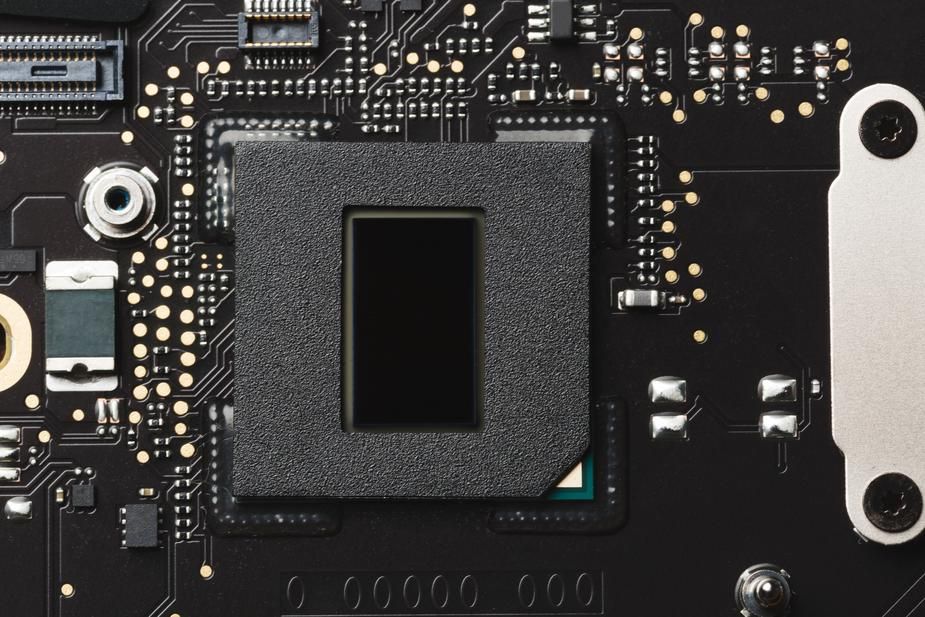Researchers have developed a carbon nanotube technology that can achieve speeds in excess of 100GHz in radio frequency applications and promises to be at the forefront of next generation communication systems.
Test results of the carbon nanotube device surpass current communication methods in terms of both efficiency and performance.
Radio Frequency Complementary Metal-Oxide Semiconductor, known as RF-CMOS, is the standard technology used in modern consumer electronics, including mobile phones. But with demand for improved communication techniques growing steadily, the news of a carbon nanotube technology that could replace current methods for 5G communication has caught the attention of major mobile phone companies and even the military.
Industry has long been looking at ways to improve the performance of wireless device technology operating in the millimetre-wave regime (30 to 300 GHz) in a way that allows high level integration with complementary metal–oxide–semiconductor (CMOS) technology. By using aligned carbon nanotubes in a wafer-scalable fabrication, the researchers believe they have found an economically viable alternative to 3, 4, and 5G technologies. Not only creating a field-affect transistor that can operate at gigahertz frequencies, but also providing a highly linear signal amplification that is compatibility with CMOS.

The idea of using carbon nanotubes as a raw material for solving numerous technology challenges is not new. As the nanotechnology journal Nanowerkreports, “For nearly two decades, researchers have theorized that carbon nanotubes would be well suited as a high-frequency transistor technology due to its unique one-dimensional electron transport characteristics. The engineering challenge has been to assemble the high-purity semiconducting nanotubes into densely aligned arrays and create a working device out of the nanomaterial.”
This problem has now been overcome, as a venture backed start-up called Carbonics Inc. has teamed up with the University of Southern California to create a cutting-edge communication technology. One that computerised projections, based on ‘scaling single carbon nanotube device metrics’, see as exceeding current capabilities.
At present, the best grade radio frequency technology is based on gallium arsenide. However, by using carbon nanotubes, the researchers have not only outperformed this standard, but have solved the problem of limited supplies of both gallium and arsenic which the American Chemical Society has evaluated as ‘a serious supply threat’.
To find out more about the supply shortages of vital minerals read; A Case Study: Examining the Supply Chain of 2 Key Rare Earth Elements or A Case Study on Indium; A Vital Rare Earth Element.
The Carbonics Inc press release gives more detail on the discovery, describing how the breakthrough revolves around the company’s deposition technology called ZEBRA. This, “… enables carbon nanotubes to be densely aligned and deposited onto a variety of chip substrates including silicon, silicon-on-insulator, quartz and flexible materials. This allows the technology to be directly integrated with traditional CMOS digital logic circuits, overcoming the typical problem of heterogeneous integration.”
The results of the study have now been published in the journal Nature Electronics. Under the title, ‘Wafer-scalable, aligned carbon nanotube transistors operating at frequencies of over 100 GHz’.
The significance of the discovery, was outlined by Kos Galatsis, CEO at Carbonics Inc., when he said, “With this exciting accomplishment, the timing is ripe to leverage our CMOS-compatible technology for the 5G and mm-Wave defense communication markets.”
This includes the company’s announcement on November 19th2019, that it had been awarded a US Army contract to develop the technology further, aiming to, “dramatically improve the power and spectral efficiencies in wireless communication.”
“We are now engaged in licensing and technology transfer partnerships with industry participants, while we continue to advance this disruptive RF technology,” adds Galatsis.
“The next step is scaling this technology, proving that it can work in high-volume manufacturing,” explains Dr. Joe Qiu, the program manager of solid state and electromagnetics at the Army Research Office. “Ultimately, this technology could help the Army meet its needs in communications, radar, electronic warfare and other sensing applications.”
While it may be argued that the use of carbon nanotubes in US Army hardware is a niche market, the military has historically been a ground-breaking provider of technological advances. GPS devices, walkie-talkies, duct tape, super glue, the Internet, and digital photography were all developed by the US military.
It now seems that carbon nanotubes as a raw material for manufacturing cutting-edge communication systems can now be added to this list.
As Dr Qui notes, “This milestone shows that carbon nanotubes, long thought to be a promising communications chip technology, can deliver.”
Photo credit: American Chemical Society, Yahoo, Mdpi, Glogster, & Hacked
